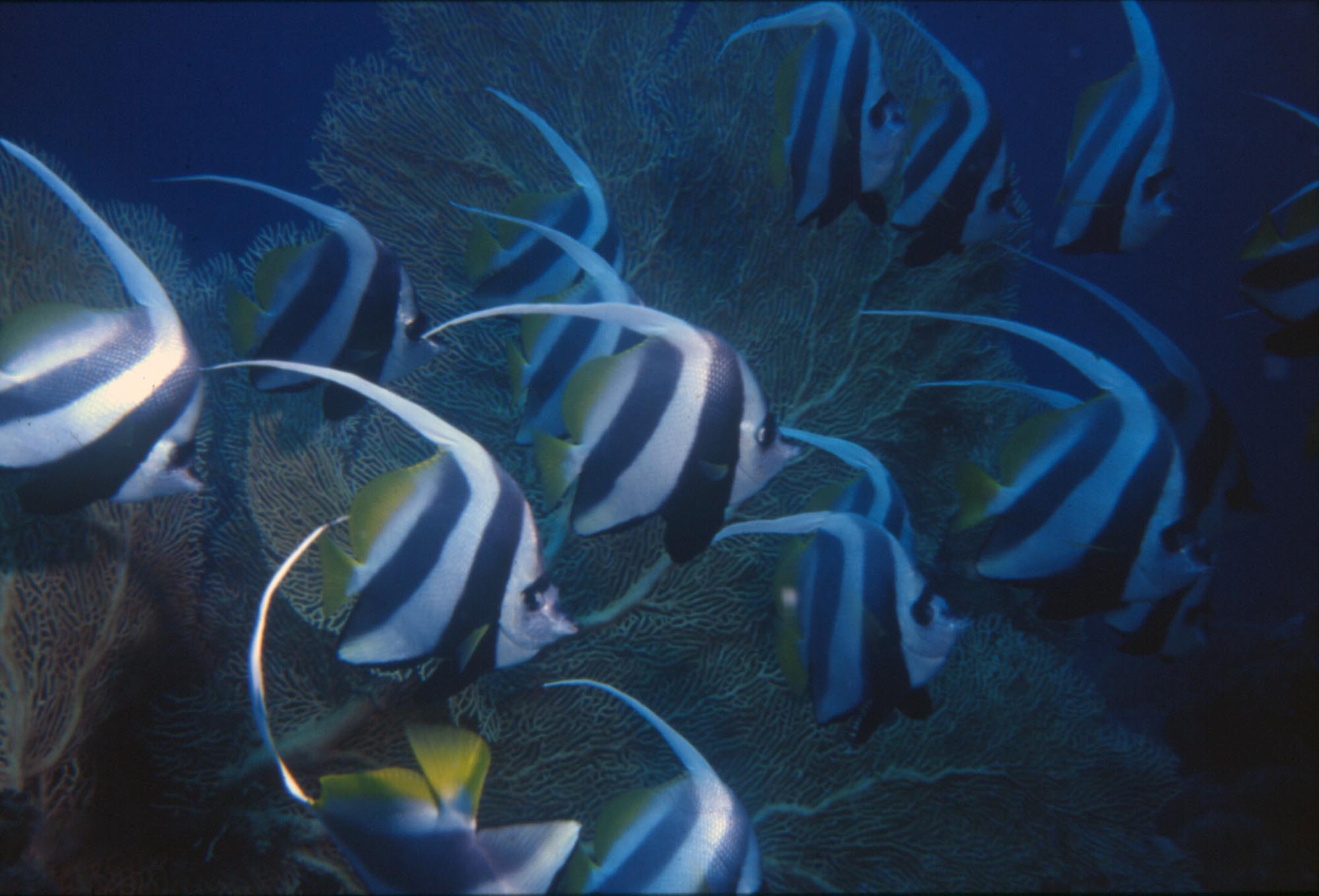
Abstract
Lovasoa Rina Raharinaivo, Henitsoa Jaonalison, Jamal Mahafina, Dominique Ponton. How to efficiently determine the size at maturity of small‐sized tropical fishes: A case study based on 144 species identified via DNA barcoding from southwestern Madagascar. Journal of applied Ichtyology. https://doi.org/10.1111/jai.14046
Visiter le site web du LMI: http://mikaroka.ird.nc/